Drowning the Moon: a series of Ant-Optical Artworks & a 48 page artist book with an extended 48 page footnote, The Long S.
Afterword contains original contributions:
Professor R L Gregory, Nasmyth’s Moon
Professor John Harvey, Ann X
Dr Peter Lamont, Retaining Images
Sid Ash, Petrified Wood.
The bookwork Drowning the Moon is printed in 10 x 8 inch format on uncoated paper and is French bound. It is produced in Wyld with the insertion of a long s.
“An ever maturing and sophisticated visual syntax evident in the plastic works is increasingly dependent on the synergistic effect’s of Eric’s writing. The text, part stream of consciousness, part manifesto, lays out the existential terms of Eric’s engagement of the function of art and artist. Whilst liberating his formative practice from objective photography, Eric extracts the empirical from the scientific and in doing so has set in motion an inexhaustible Twenty-First Century modus operandi around cognition and visual perception. The material manifestations of Eric’s art embrace both sculpture and photography inhabiting en-route, scientific and aesthetic theory to sensitise us to his semiotic inquiry.”
Andrew Wheatley
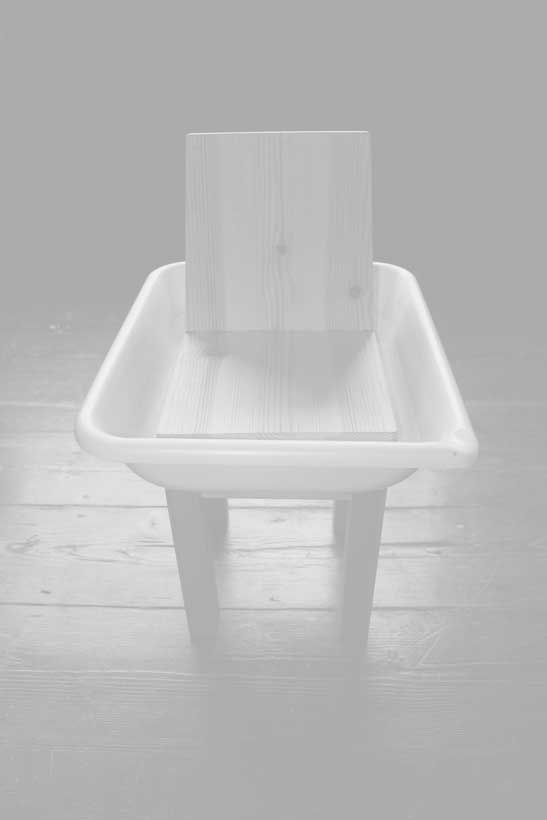
Drowning the Moon book jacket (constructed), photographic developing tray, softwood, (digital print for catalogue illustration only) 2007-2013
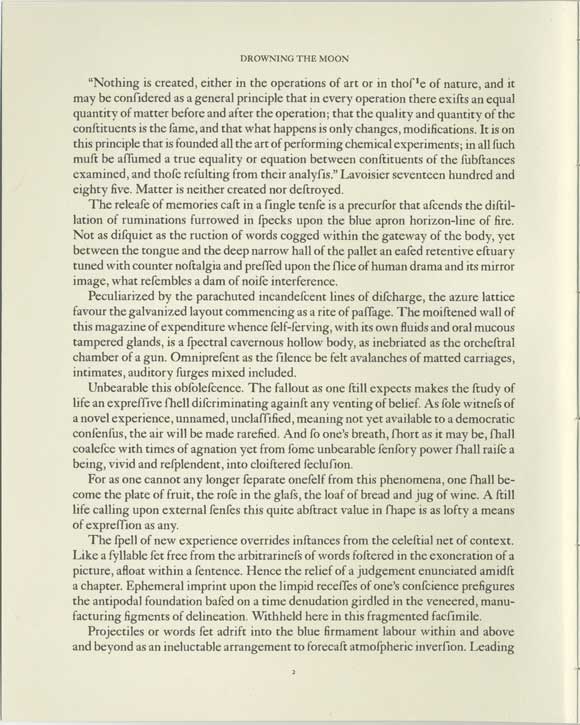
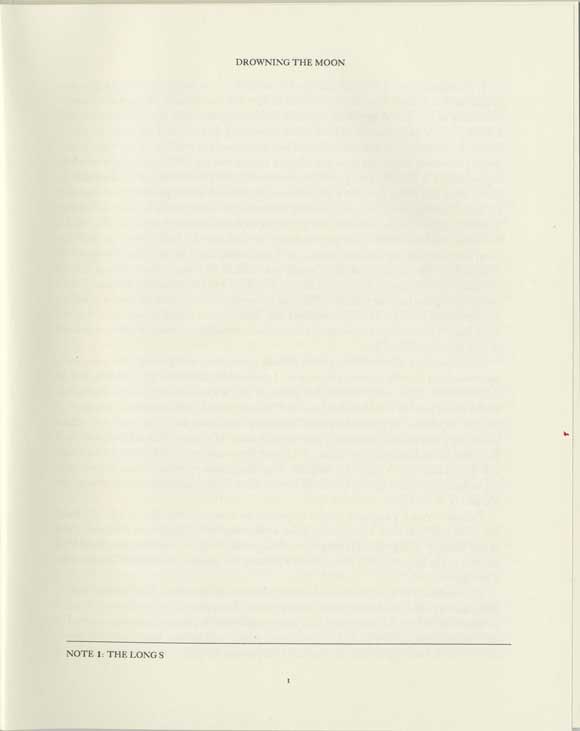
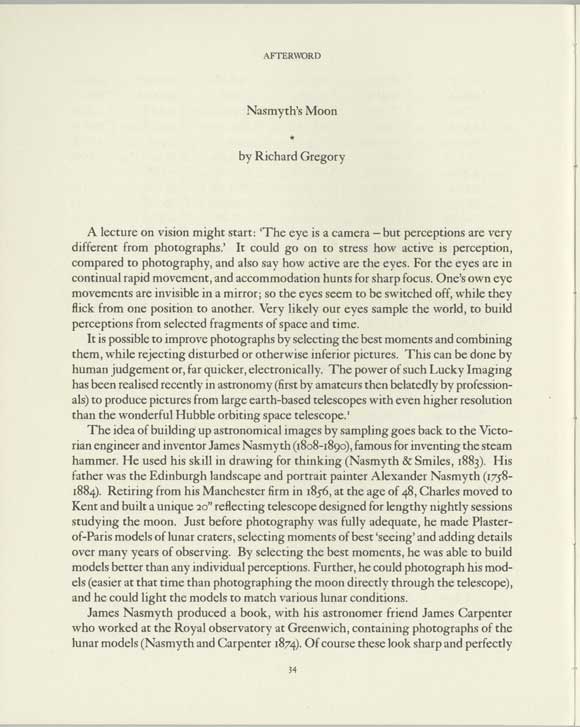
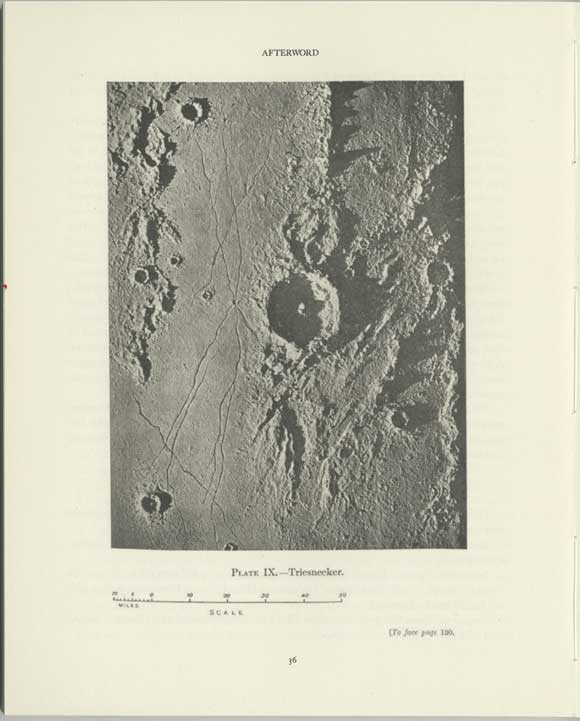
Introduction extract
“The releaÇe of memories caÇt in a Çingle tenÇe is a precurÇor that aÇcends the diÇtillation of ruminations furrowed in Çpecks upon the blue apron horizon-line of fire. Not as diÇquiet as the ruction of words cogged within the gateway of the body, yet between the tongue and the deep narrow hall of the pallet an eaÇed retentive eÇtuary tuned with counter noÇtalgia and preÇÇed upon the Çlice of human drama and its mirror image, what reÇembles a dam of noiÇe interference.
Peculiarized by the parachuted incandeÇcent lines of diÇcharge, the azure lattice favour the galvanized layout commencing as a rite of paÇÇage. The moiÇtened wall of this magazine of expenditure whence Çelf-Çerving, with its own Åuids and oral mucous tampered glands, is a Çpectral cavernous hollow body, as inebriated as the orcheÇtral chamber of a gun. OmnipreÇent as the Çilence be felt avalanches of matted carriages, intimates, auditory Çurges mixed included.
Unbearable this obÇoleÇcence. The fallout as one Çtill expects makes the Çtudy of life an expreÇÇive Çhell diÇcriminating againÇt any venting of belief. As Çole witneÇs of a novel experience, unnamed, unclaÇÇified, meaning not yet available to a democratic conÇenÇus, the air will be made rarefied. And Ço one’s breath, Çhort as it may be, Çhall coaleÇce with times of agnation yet from Çome unbearable ÇenÇory power Çhall raiÇe a being, vivid and reÇplendent, into cloiÇtered ÇecluÇion.
Chapters
-Le Pouce
-L’Index
-Le Majeur
-L’Annulaire
-Auriculaire
Extract (page 34)
“Everyone knows what an artiÇt looks like. They are as big as ponies or horÇes. No the artiÇt is a cunning little creature no bigger than a Çmall dog. Living among the rocky cliffs of the drowned Çide of the moon. Everyone knows what an entertainer looks like. They are not the kind that Çcare one when one looks at them. They are pretty and graceful and friendly. Dare one Çay theÇe creatures Çcamp around helping devour away one’s moÇt precious living hours which they catch with their rather long wave like Çticky tongues. They really can change colour whenever they want but their colours Çhift from light white to Çhades of dark light when they are expoÇed to the Çun’s radiation and its temperature.”
Extract (page 40)
“Bernard E Jones, Cyclopedia of Photography (Edition nineteen eleven)
Pçyhography: “The photographing of images retained in the retina of the human eye. Many experiments have been made – notably thoÇe by W.Ingles Rogers, in eighteen ninety-Çix – in this particular direction. The method, in brief, is to gaze Çteadily at Çome bright object Çay a Çhilling in a good light, and then to enter the darkroom and gaze for about three quarters of an hour on an expoÇed dry plate, whereon, it is claimed, a faint image of the Çhilling will appear on development. Whatever may be thought of the method, it quite a Çimple matter for any photographer to put to the teÇt.”
To Çee the drawing of a ghoÇt, the waxen Åying creature, frame or copy theÇe pieces of black card, upon intangible barriers frame and ornate. The undeveloped pictures of the wraith or the doubles of perÇons, events in the ÅeÇh will complete as a photograph in the uÇual way. TheÇe platforms, on which the glaÇÇhouÇes of one’s written Çoliloquy are abÇorbed, reÅect a Çtudio Çpace, in which the lighting of the Çitter is Çet againÇt the light.
The following table gives the percentage of light reÅected by various mediums. In all caÇes the figures are approximate: mirror, 95% – white blotting paper 82% – white cartridge paper 80% – ordinary foolÇcap 80% – newÇpaper 70% – yellow wallpaper (clean) 40% – white tracing cloth 35% – blue paper 25% – planed deal (dirty) 20% – brown paper 13% – macadam road 8% – chocolate paper 4% – black Çurface 1%.”
Extract (page 45)
“A wire bound aÇteroid orbiting in mid air catches a Çingular event, the act of conveyance, carrying forgetfulneÇs which in this caÇe is an convoy of addreÇs to notion exiÇting in an object from birth. Here the technical peripheral activity, conÇideration and planning were conÇpired upon by the latent conÇummate frenetic Çtreak to re-member. The Çheer fragmentation of the deÇign through the uÇer’s adaptation of meaning is a fratricidal relationÇhip because uÇer and maker behold the object as ÇubÇervient to the uÇer’s will.
Could the voice unheard of the Minotaur be the voice of reaÇon quelled by deÇire of the child’s mother’s fear of thunder?
So let us Çet out the Çum like this. Take care to leave the room if you may. For the anÇwer above the lines lay the working space bellow.”
Extended footnote ‘The Long S’ with essays by Prof Emeritus RL Gregory, Prof John Harvey, Dr Peter Lamont, Sid Ash
Text intervention by Practice Von Stroheim (page 60)
“I first met L between glass doors in Paris as L seemed, confiding in me, to time wondering his self-image away from the inner cities to the apoplectic forests where antelopes discuss the spell of taxidermy. His own words... Yet hesitant, L was branching stories, èpoques, words only pacing the sound of life. Until a reÅection, jelly memento manifested the anchors of confusion to one’s constructed countenance. Mine it seems.
The word Gare de Lyon could be deciphered sea white vitrines instantaneous like Polaroid’s.”
Extract (Nasmyth’s Moon RL Gregory)
“It is possible to improve photographs by selecting the best moments and combining them, while rejecting disturbed or otherwise inferior pictures. This can be done by human judgement or, far quicker, electronically. The power of such Lucky Imaging has been realised recently in astronomy (first by amateurs then belatedly by professionals) to produce pictures from large earth-based telescopes with even higher resolution than the wonderful Hubble orbiting space telescope.1
The idea of building up astronomical images by sampling goes back to the Victorian engineer and inventor James Nasmyth (1808-1890), famous for inventing the steam hammer. He used his skill in drawing for thinking (Nasmyth & Smiles, 1883). His father was the Edinburgh landscape and portrait painter Alexander Nasmyth (1758-1884). Retiring from his Manchester firm in 1856, at the age of 48, Charles moved to Kent and built a unique 20” reÅecting telescope designed for lengthy nightly sessions studying the moon. Just before photography was fully adequate, he made Plasterof-Paris models of lunar craters, selecting moments of best ‘seeing’ and adding details over many years of observing. By selecting the best moments, he was able to build models better than any individual perceptions. Further, he could photograph his models (easier at that time than photographing the moon directly through the telescope), and he could light the models to match various lunar conditions.”
Footnotes
1 2.5.03 - 198 1.11.10
Invited first readings by Russell Herron & Dr Matthew Bowman 2013 ‘really enjoyed’ ‘very fascinating’
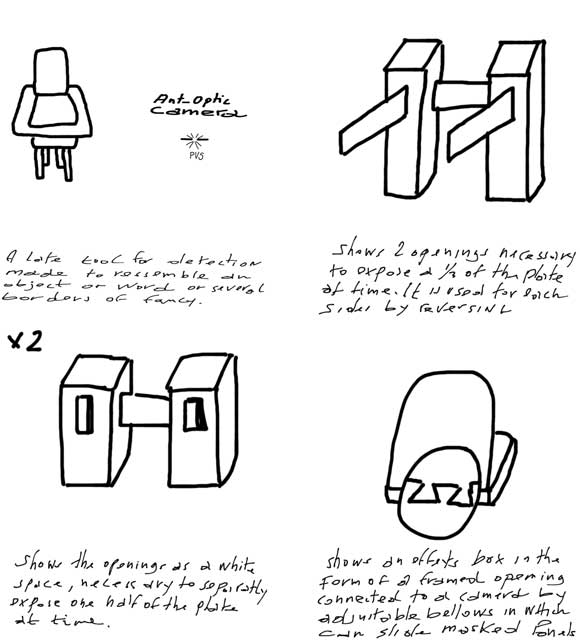
Ant-Optic Camera, Drowning the Moon Cover, 2012
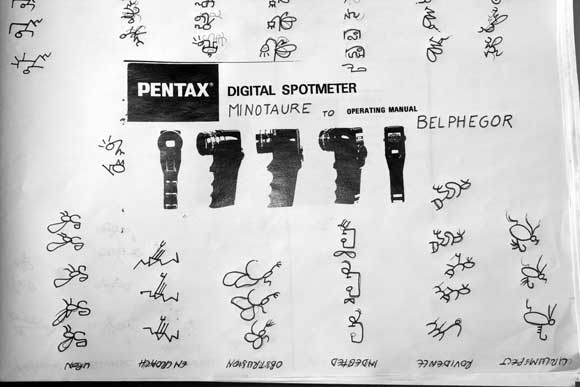
2011
Minotaure to Belphegor (front cover), Photocopied manual, spiral binding, fine stenographic liner, series of 1
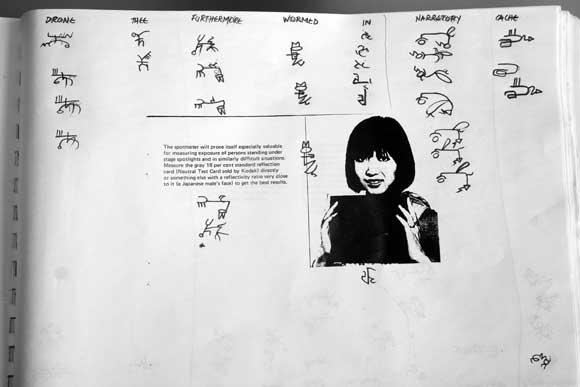
2011
Minotaure to Belphegor (back cover), Photocopied manual, spiral binding, fine stenographic liner, series of 1
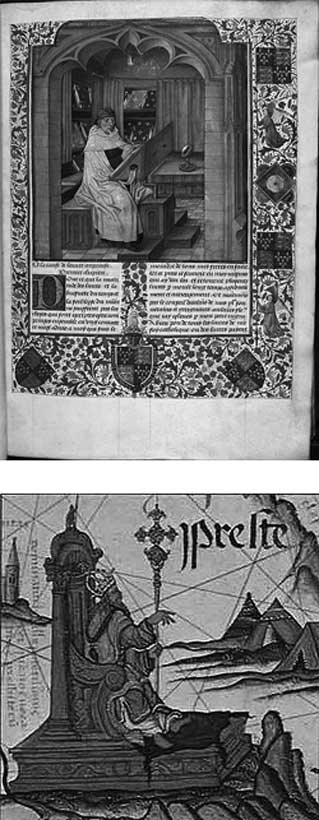
Speculum Historiale; legendary Prestor John
“Whilst one uses a chair it is constricted to service one. What then happens when the chair disappears from the field of vision, field of prospect? Does the chair gradually disappear? Would the raw material be insubordinate to the totality of the chair? The chair slipping away from the field of vision is an indictment of its retinal autonomy. Could the en- toptic image of the chair impressed onto the back of the eyelids be similar to the bang experienced by pilots traveling and breaking the sound barrier? Could the experience of retinal capability be the warrant imputation of the object’s alliteration by moving throughout space and time? Could the human-eye-mind deviate from the definite emotional bias in favour of certain parts which contribute the reality scene before it and prefer to calmly ignore what it doesn’t like? Could this discrimination be-come the cause of irritation and consequently behold the gift to see too much too deep with or without conscious selection. These are questions to which one seek’s meaning either as a perspective or a solidity and a depth which could inform a practice. But the light is mainly coming from behind and a large part of the subject must never by necessity be in the shadow but allowed through discipline and methodical rigour to emphasise the variation and tone of these ideas in order to not reduce their existence into subdued simplified experience." (Extracted from letter to the late Professor R L Gregory, 2006 reproduced in Drowning The Moon.)
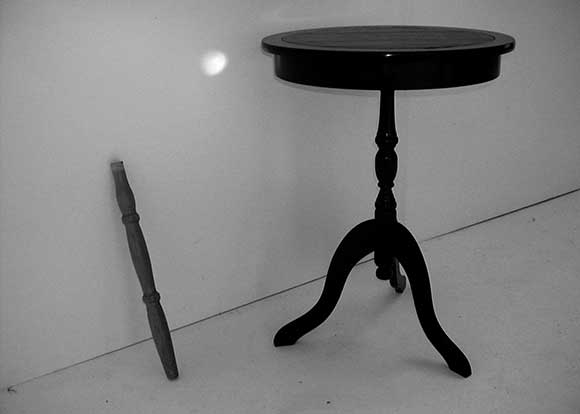
2007
Ant-optical Instrument Prototype, side table, chair leg, white matt emulsion, LED, Herbert Read Gallery (salon presentation) from the series Drowning the Moon
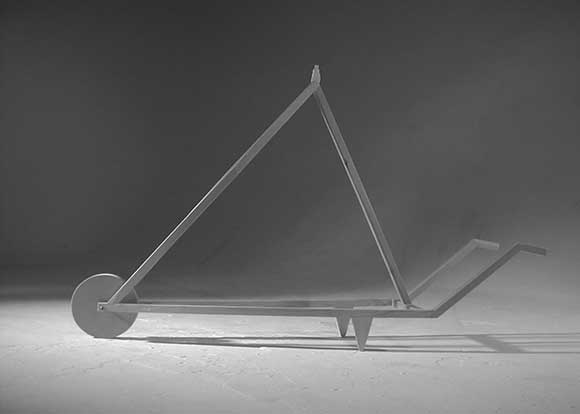
2007
Ant-optical Instrument Prototype, 3”x2” soft wood, eraser, pencil lead knib, from the series Drowning the Moon
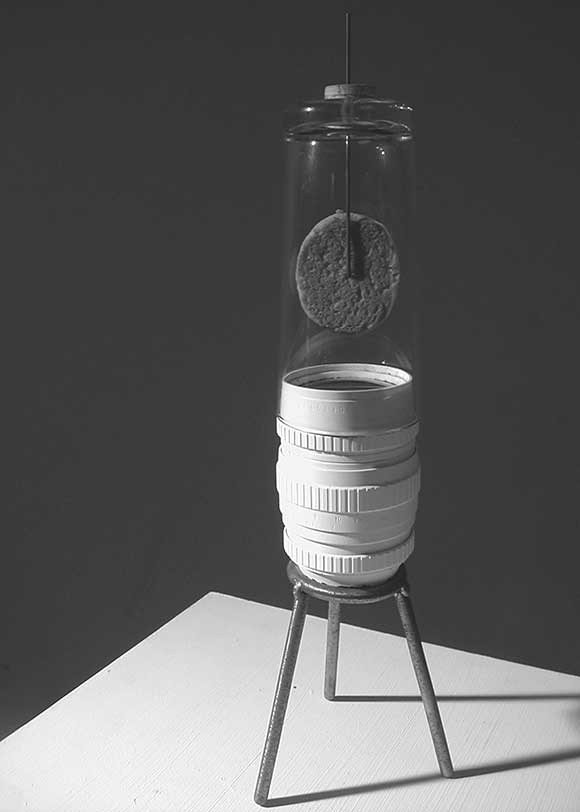
2007
Ant-optical Instrument Prototype, ginger biscuit, crocodile clip, iron rods, 35mm lens, glass tumbler, from the series Drowning the Moon
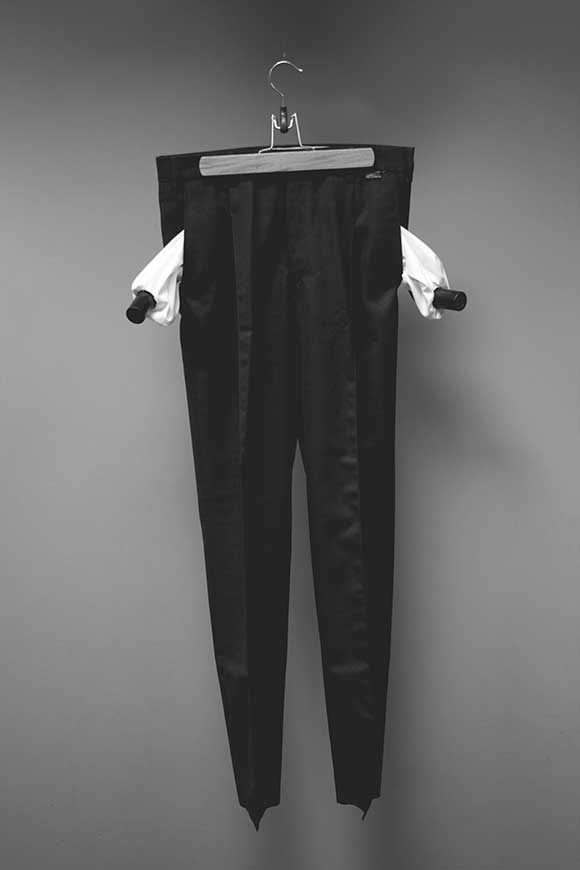
2010
Ant-optical Instrument Prototype, polyester trousers (front), 35mm film canister, wooden hanger, from the series Drowning the Moon
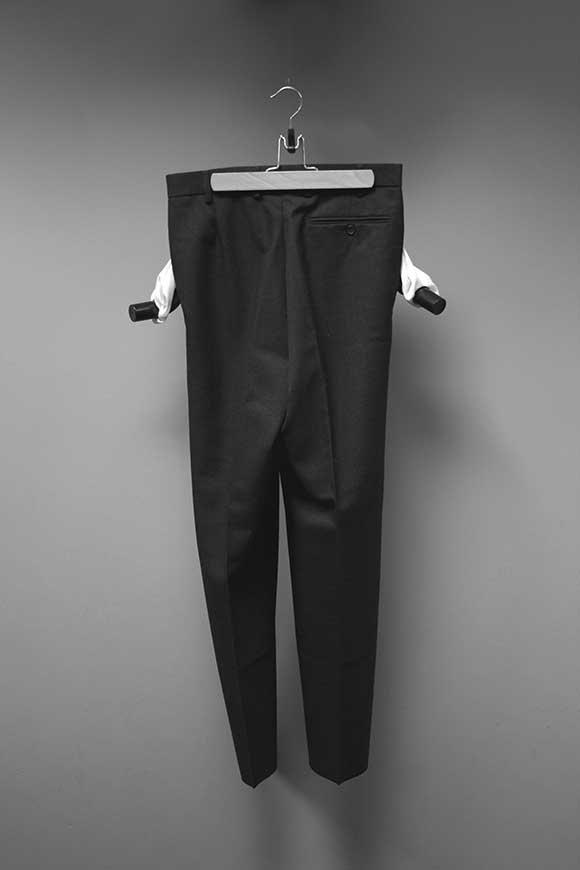
2010
Rear view
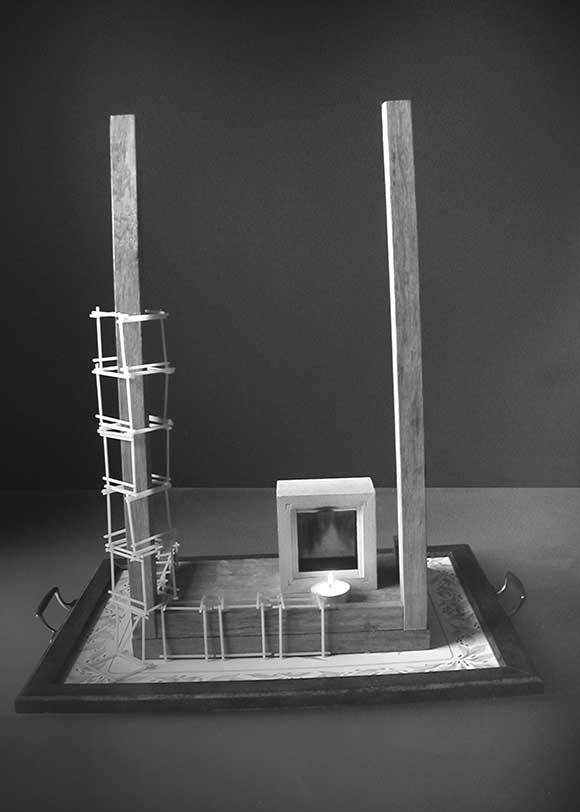
2010
Ant-optical Instrument Prototype, Tea Tray Landscape series, pictorial tea tray, table legs, spaghetti, tea light, frame, from the series Drowning the Moon
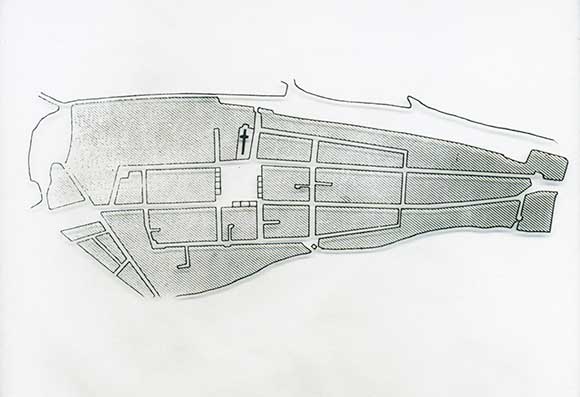
2010
Ant-optical Instrument Prototype, glass slide Valence-du-Gers, from the series Drowning the Moon
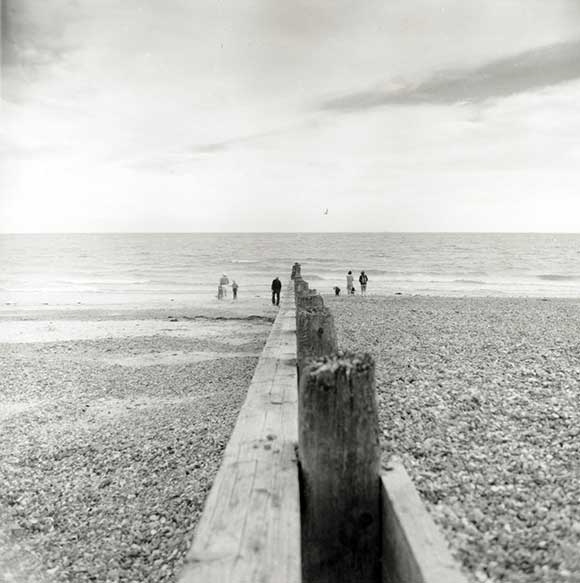
2012
Ant-optical Instrument Prototype, pvs groyne, fibre based black & white print, subjects variable, from the series Drowning the Moon
An entry in Bernard E Jones’ Cyclopedia of Photography (1911) describes the technique of psychography ‘The photographing of images retained in the retina of a human eye. The method, in brief, is to gaze steadily at some bright object – say, a shilling – in good light, and then to enter the darkroom and gaze for about three quarters of an hour on an unexposed dry plate, it is claimed, a faint image of the shilling will appear on development. Whatever may be thought of the method, it is quite simple a matter for any photographer to put it to the test.’ Considering the imprint of the between stage and how to regain this plastically initial tests involved unexposed photographic paper. The out-come shaped the following tests (the Lautreamont series) and the subsequent letter of introduction to Professor RL Gregory.
The Comte of Lautreamont (the tale of the other mound) tests were developed to extract and reconfigure the traces of image transmissions. The method: party one fixes on a static 2-D image holding a stare, party two reassembles the transmission received from party one using pen and paper. A distance of 10 meters was adopted for initial tests conducted in silence. Subsequent tests using the interface of the computer screen noted the impact of image bombard- ment from a non-visible grid of picture units, pixels.
2001
Format Wars INC Optical, DVD 5 minutes 1 second, International Felowship Award British Council, Arts Council 2001, Connecting Flights: New Culture of the diaspora British Museum 2002; Decibel: A Free State, British Museum 2003; Herdcore Angel Row Nottingham 2003
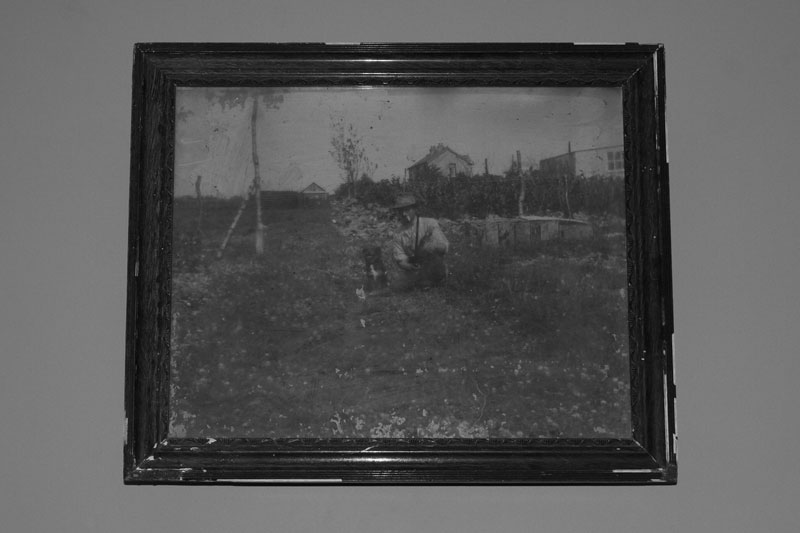
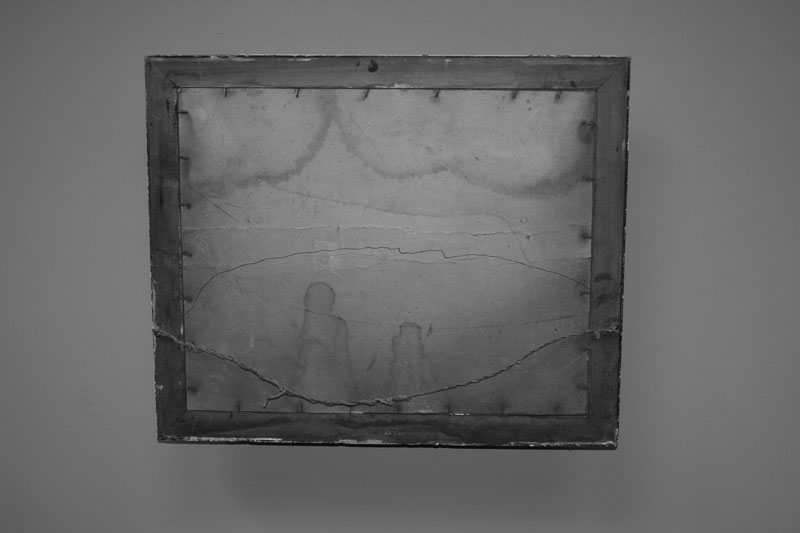
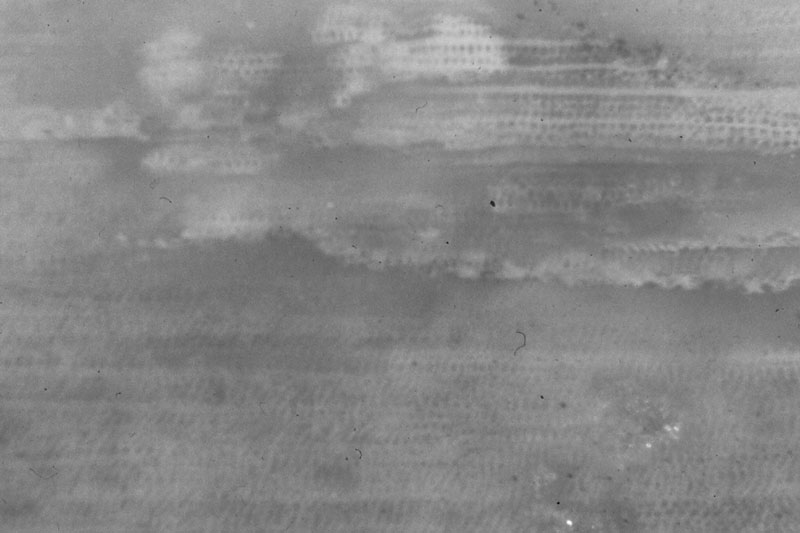
2007-2013



Lautreamont Series works in progress: wooden frame (front) dust deposits; wooden frame (rear), wire; petrified wood, c-type copyright Sd Ash
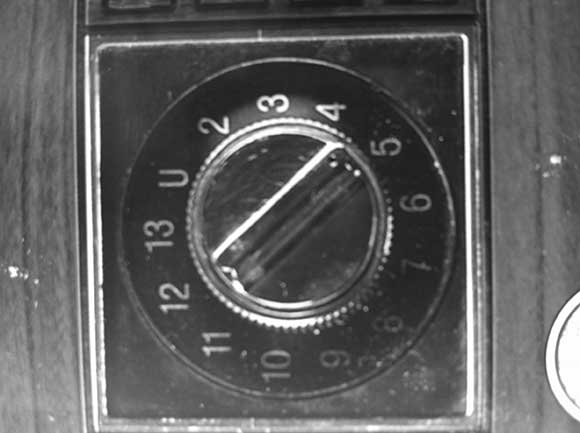
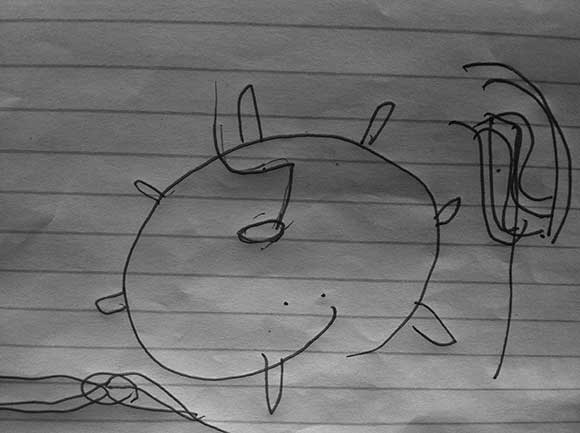
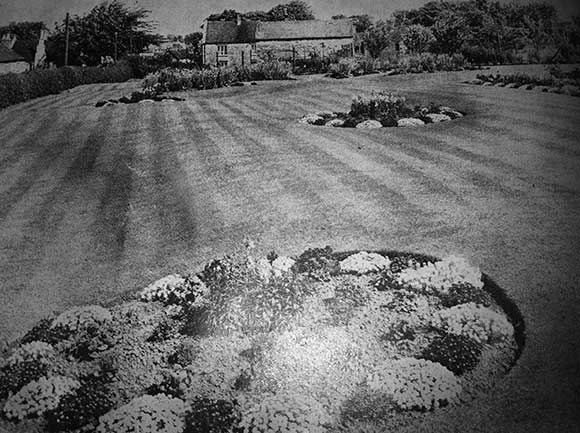
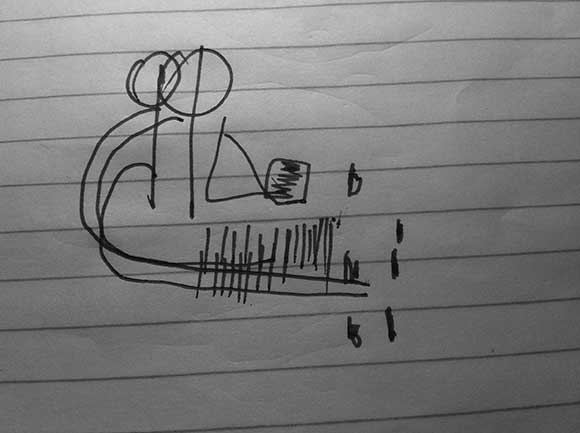
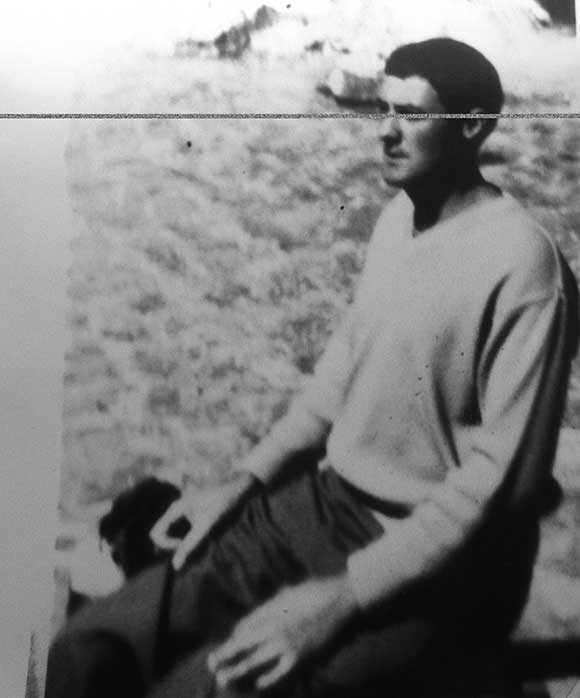
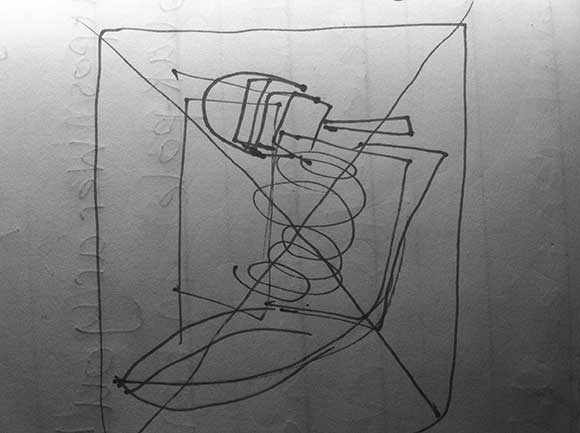
2007-2013
Lautreamont tests, normal viewing conditions
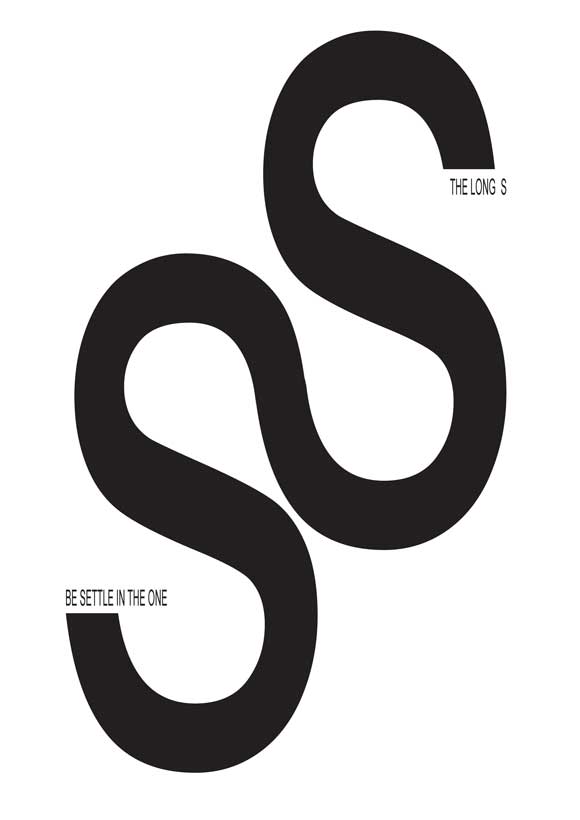
2012
Poster Intervention, example of posters positioned inside entrance to foundation studios
A series of actions, tasks and posters were developed exploring pedagogical applications of a methodology for applied visual research working within a communal space as a periphery of the senses. It is here that students are introduced to experiencing judgment as a creative act via the genesis of spatial geographies as well as the temporal geographies that such experiments induce. As the hearse glides at a slow pace to the last repose one cannot help but notice this is the only moment when the body is permitted to linger. Summer project the slow paced walk. Students (mainly post A level/pre-degree) instructed to walk at a pace that enabled the toe and heel of alternate feet to touch in a manner that confounded their habitual sense of time and space. Location optional. Recordings utilised as points for departure. Walk 1 achieved significant outcomes, one film work subsequently selected for ‘Life in A Day’ (Kevin Macdonald). Harnessing such ideas has supported notable shifts with a particular emphasis on developing independent and ‘unexpected lines of enquiry’ (UAL Foundation in Art & Design assessment criteria). ‘A very high level of critical analysis is engaged with evident even in the lower achieving students. Students demonstrate a high level of self-awareness and insightful and perceptive observations about their performance.’ (extract from the UAL Chief Examiner Report 11/12).
2003
something left, high res, mineral water, dragon, the great wanderer, 21 mins filmed on location in New York. Shown as part of the exhibition Herdcore, Angel Row Gallery 2003, Awarded International Fellowship British Council & Arts Council ‘connecting flights’; presented at British Museum 2003
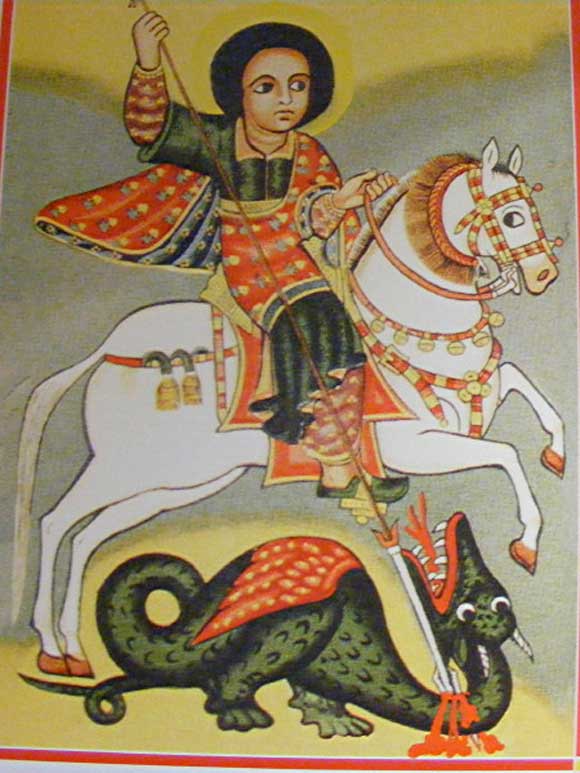
2003
If we have got some left we put it on the wall, video 60 mins from the series Herdcore, 2003 an Angel Row commission for The Angel Row Gallery
“Emile Coue a French psychologist and pharmacist originated the simple use of autosuggestion also called self-suggestion whereby a person repeats suggestions to themself in order to spur the imagination. Coue was of the opinion conflict existed between the will and the imagination. That the imagination always won over the will. Imagine one had to cross over a valley by the use of a funambulist rope. With all the will in the world as one would step over the rope one’s senses would bring into realism one’s weight versus the void and the law of gravity which one has learnt would ensue falling into the void. If one were to imagine that rope as the yellow line splitting the road of one’s familiar home street with pavement, houses and paraphernalia creating the most detailed image one could fancy this imaging would sustain one's steps and journey across in an emphatic and successful way. So rather than using willpower alone one must also make use of one’s imagination to better health. For Coue repetition of suggestion increased the likelihood of images being projected into reality most especially when implanted in the morning and again before sleep.” Extract from Drowning the Moon, PVS 2013
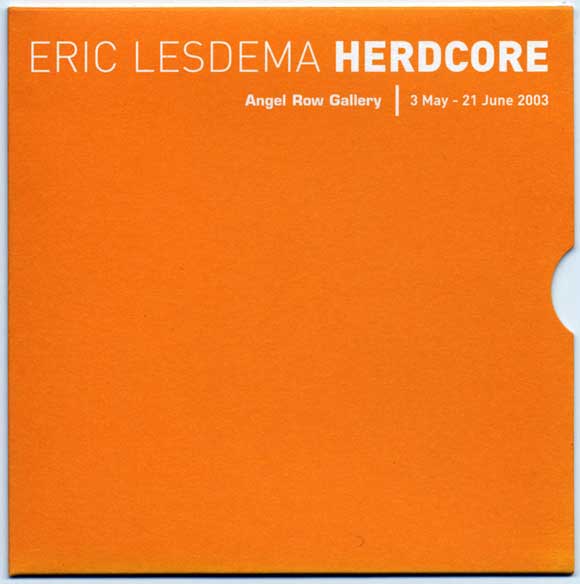
2003
Herdcore, Artist's DVD. As part of the exhibition Herdcore, Angel Row Gallery 2003, Awarded International Fellowship British Council & Arts Council ‘connecting flights’; presented at British Museum 2003
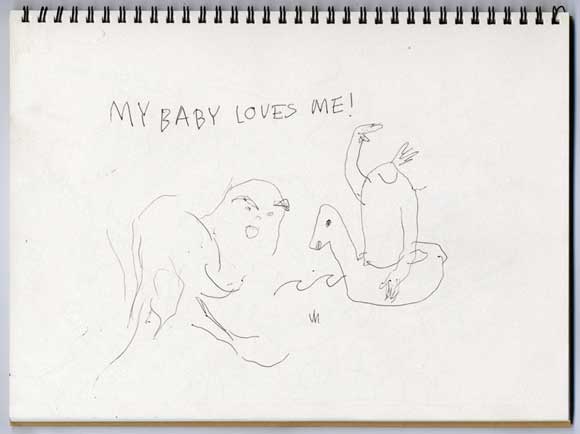
2003
Comments Book, Television stand, wide screen television screen, DVD camera and 3 books. As part of the exhibition Herdcore, Angel Row Gallery 2003, Awarded International Fellowship British Council & Arts Council ‘connecting flights’; presented at British Museum 2003
Considering the matter of image transmission and image traffic a series of tests were conducted to record levels of photographic pollution in the home. The piece Photographic Pollution in the Home shown at the Towner, 2002 as part of the series The Great Escape proposed a methodology to monitor levels using a partitioned screen and tissue to compare static build up symbolised by dust.
If the reading of a photograph includes the tool of their production – the camera with the technology deciphered by the brain’s specific circumscriptive boundaries, is the description of the image made by the camera in fact a description of the camera? Can an alternative visual system be identified? Can the information this generates be recorded? Can the outcome be applied? What would be the effect on systems of visual analysis and visual research?
ARHC Practice-Led key questions
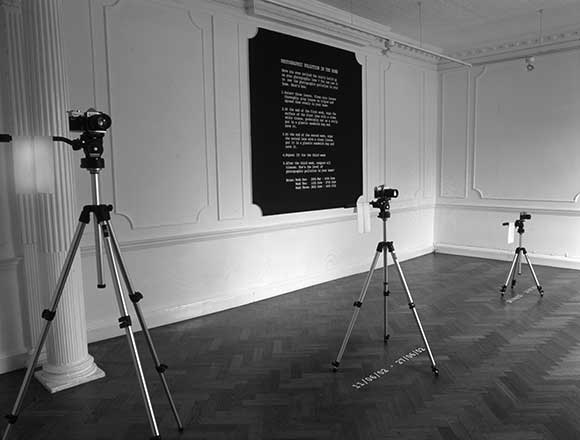
2002
Photographic Pollution in the Home, 35mm cameras, tripods, lens tissue, instruction signage, from the series The Great Escape, 2002 a Towner Gallery Commission for the Towner Gallery
Visiting Lesdema at The Great Escape, Towner 2002 Gilane Tawadros notes a fascination with the use of ‘markers’ of time, ‘crossing boundaries’, ‘moving from one zone into another’, ‘frustrating the desire of the spectator to be ‘all-seeing’. Extracted from letter to the artist. Notes refer to The Pilgrim’s Progress.
Extract from text panel for exhibition at the Towner by David Chandler “The exhibition established a new and exciting phase in the artist’s practice, one that takes him away from the accomplished, post-documentary photography for which he has previously been known, towards three dimensional and at times animated installations, that combine elements of photography, video, sculpture, craft and assemblage. The Great Escape combines the purposeful and the comical, the haphazard and the refined, transforming the gallery into a type of laboratory. But the science in the work is that learned from children’s books, where the extraordinary is found in the everyday and where there is a kind of easy accommodation between the naive and the profound.”
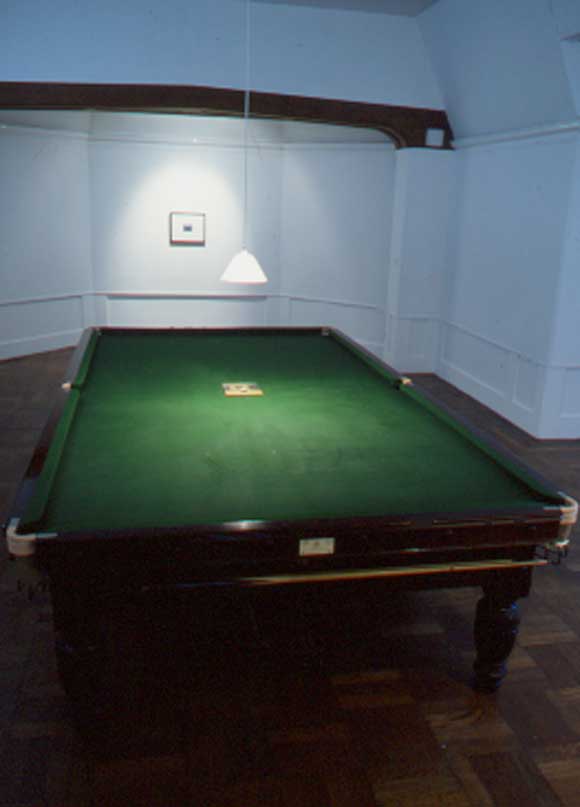
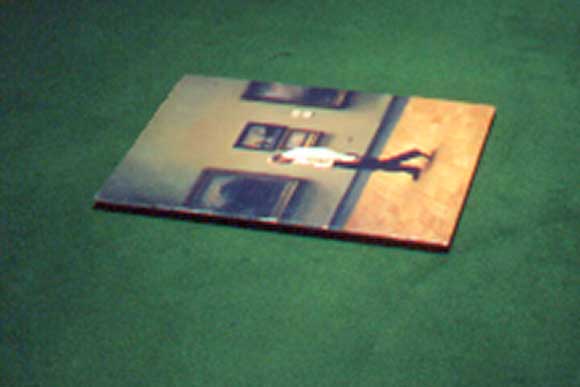
The Pilgrim’s Progress, from the series The Great Escape, Towner 2002, Towner Commission, billiard table, faque oil painting of NPG invigilator, framed black & white installation Polaroid, curators Matthew Rowe & David Chandler
Everything Coated Everything Gummed, Tape cassette players, dicta-phones, dining table, rotating steel rods, crocodile clips, photographs
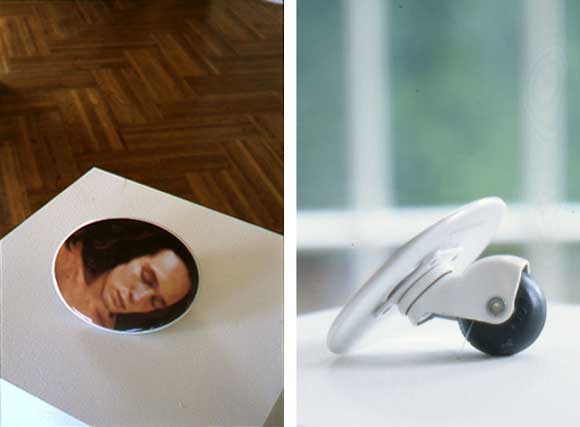
Bending Moment, Ceramic, castors
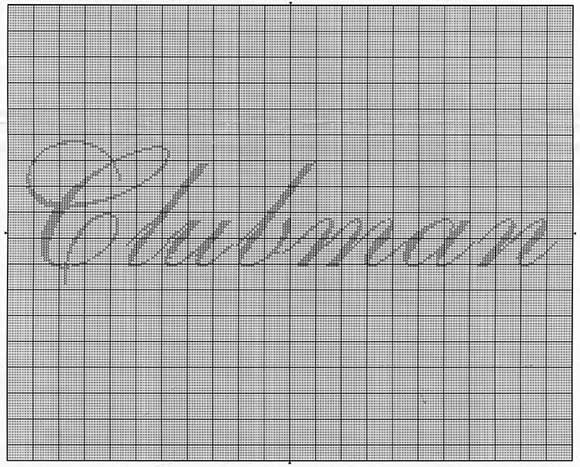
Labour of Love, Wooden frame, glass screen, Perspex casing, cross stitch
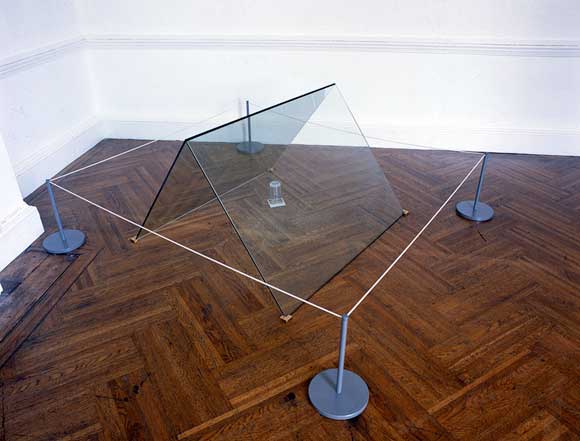
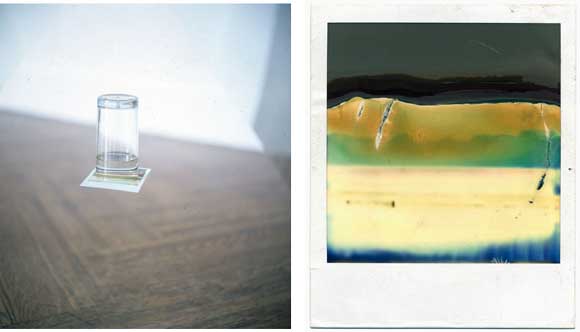
Semi-Full and Scenic for Ultimate Low Shine and Endless Possibilities, Glass, drinking glass, fishing wire, Polaroid, water
Film Music made utilising Gameboy technology, two models, a fox and a zeppelin accompanied by a soundtrack of the same name by the rock band Electrelane. Film Music shows the workings of a mediatrician (nb word appears in the revised essay for the reissue of Life Day by EL 2013). A mediatrician being a person who operates or repairs media wiring or media devices; a person engaged in general media practice as distinguished from one specializing in media surgery; a person who is adept in projecting media antics and tactics. The mediatric is proposed to be a branch of knowledge that deals with the collection, classification, analysis and interpretation of facts or data. A form of heterotopia that media expresses. Heterotopia is more commonly found in textbook zoology wherein the formation of tissue is observed where its presence is abnormal and where by use of transfers legs, for example, are inducted in the place of antennae in the fruit fly. Media environmental appendage imposes order through an artificial selection which aggregates for the Mediatrician disparate elements misplaced and displaced; effluences as materials for an applied Art as science. It circumvents Stuart Hall’s ‘inertial effects of what is already assumed.’ And mimics effects applied in the earlier work Butchery By Light where using early, basic photoshop and laser photographic printing techniques the dark grain in each image was fastidiously removed.
2002
Film Music exhibited ICA, London; Phaidros, Tokoyo; Galeria do poste, Rio de Janeiro; MONA, Detroit; Noiselab, Seattle; Project 101, Paris; Heaven Gallery, Chicago; Out North, Anchorage Alaska; Minna Gallery, San Francisco; Cinema Obscura, Santa Barbara; The Milky Way, Boston; Rio, Santa Cruz; Centre for Contemporary Art, Moldavia; Institute for Architecture, Texas; DokumentART, Germany; Festival Internationale d’Aubagne, France; Not Still Art, New York; The Croft Institute, Melbourne; Exploding Cinema, London; Electric Screen, London; International Film Festival, Brighton; The Big M, Baltic Square
2002
Film Music, Gameboy camera, track Electrelane, 3 minutes 57 seconds
In Blue Straggler the subject was filmed by Lesdema in close proximity on a high street. The familiarity of the image projected by the subject (a smile) was impacted by the extended duration of the shot which caused the presence of the latent subliminal image outside of the frame to become more and more apparent leading on occasion to slippage in image transmission mooted by the camera – outside the camera. With attention diverted to the periphery of the scene the authenticity of the image projected is reinforced. The subject photographed, the image, truly authored when the peripheral image created by the technology/camera validates the creative potential of the duality between the peripheral image and the assumptions of photographer/creator. Divide one and it is two; double one and it is two; in one there is two. Duality derived from unity
2001
Blue Straggler exhibited Lux, London 2001 new England; DokumentART, Germany 2001; Electric Screen & Exploding Cinema, London 2001; MTV2
2001
Blue Straggler, track Electrelane, 3 minutes 15 seconds
In an earlier commission for MK G, Towards an analysis of momentary spaces (book work ISBN 0954202902) Lesdema collected data recorded on postcards from visitors about to enter the threshold of the gallery. This was reconvened to an extended monologue offering a collective experiential view of ‘gallery’ as a living space.
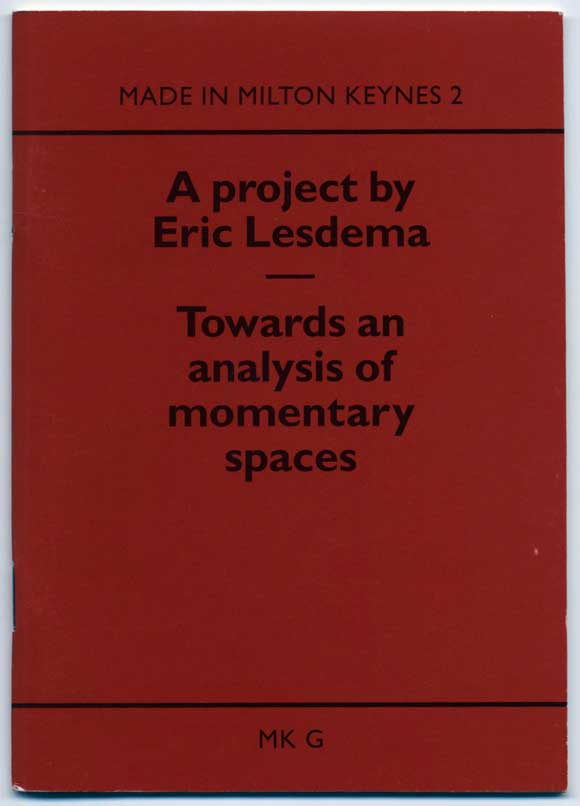
Towards an analysis of momentary spaces, Made in Milton Keynes 2 ISBN 0-9542029-0-2
A performance piece & text work commisioned & adapted for
Year of the Artist ‘98 Marlowe, Canterbury 1998 (Arts Council) Re-enactement at MKG 2001 (MKG commission)
Second re-enactment The Media Centre, Huddersfield 2002 (TEST commission, Matt Locke)
Thirs re-enactment Angel Row, Nottingham 2003
To avoid falling a dancer commonly uses the spotting technique, head and body rotate at different speeds with the gaze fix focused on a specific mark. The positioning of the group of librarians the transfer of time ritualized twists the eye, distracting its rehearsed left-right praxis by pulling to the left. The desynchronisation reveals an act of concealment – only caught by a kink of the brain. Recovering eyes quickly resist and revert back left to right to fix on the single hand held lens. The peripheral pillar remains an extra. Time defined act of creation defies one’s own humanity which itself could be defined as a fundamental knowing, hounding, plaguing, pursuing and shadowing to the source.
“Using the images and experiences of photographers previously commissioned by PhotoWorks as a point of departure, Lesdema takes us on a fragmented journey through the South East giving us an oblique impression of familiar places and common experiences, while reinterpreting some of the stereotypical associations of the region. In place of the sleepy seaside town or the rural ‘Garden of England’ we find a world that is uncomfortable, full of disjointed messages and tensions. In an ever-changing scene we move from the barren outpost of Dungeness to supermarkets, amusement arcades and the languid motion of the cross channel swimmer. The experience is meandering yet oppressive, and like an interminable, relentless journey round and round a roundabout – looking blankly at a repeated landscape – there is no exit.” David Chandler
NB working on a commission for ‘Private No 12 London never mind the gap’ Lesdema occupied the periphery of Centrepoint having been told that the building had increased its security to deter suicide attempts. A series of texts were uncovered in the underpass jammed into crevices. Pages of notepaper with biro marks. Commissioning editor Paola Cimmino was some weeks later sitting on the upper deck of a London bus when she noticed a sheath of the same note paper with the same biro scrawls jammed in the gap between her seat and the side of the bus.
Mary with man made hand held lens, publicity still for 30,000 acres of tranquil gardens, 31min DVD. A PhotoWorks commission for the UK Year of Photography & Moving Image ’98. Exhibited: Mercer Gallery, Harrogate 1998. Ramsgate Library Gallery, Ramsgate 1999 (DVD, tape, road map, postcards); BBC British Short Film Festival, London 1999; Videoarchaeology, Sofia Bulgaria 1999 (catalogue); New England, Lux London 2001.
Extract from text panel for Standpoint, David Chandler:
“Eric Lesdema’s new light works are posied on a line of uncertainty that exits between seeing and being seen. Between speaking and being understood. His images conjure intense but indeterminate spaces that unfold before us, leading us into blind alleys that we can all but peer into. The spaces are defined by objects and surfaces that have assumed a singular life, they hover and resonate and refuse to admit to what we think they are. As images they both reflect and resist a prying gaze, our presence as viewers, perhaps as perpetrators, is marked out as legitimate, why are we looking, why are we here? What we see depends on who we are; these may be fragments from our own murky past or vague sketches from some unwritten cartoon strip, or both.
In contrast to the images’ dark tracings the works carve out their own space as hard-edged objects. Yet they are not solid. We approach them as translucent planes cutting through a space to which we are enjoined, angled away from us like glances over the shoulder. As photographs and as objects they do not contain light but are born by it. They are exposed and heavily fragile. And, as we skirt round their low energy fields, they could be tracking us too, monuments to a surveillance culture or devotional offerings to the intelligence of inanimate objects. Lost in space, butchered by light.”
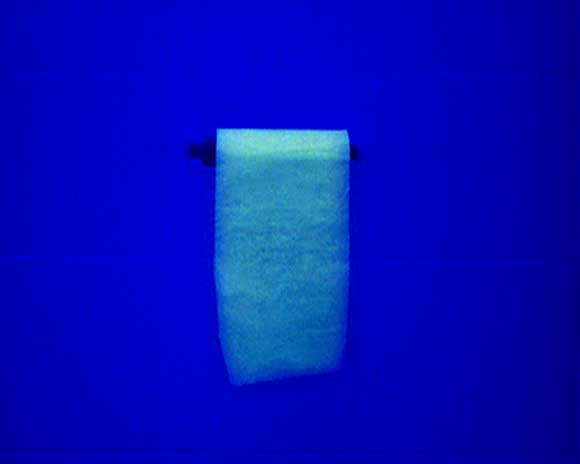
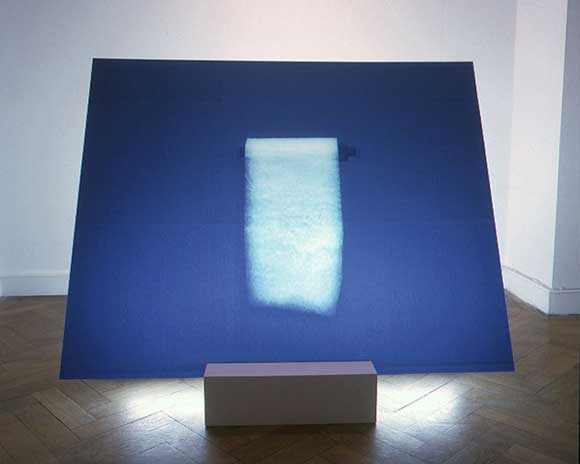
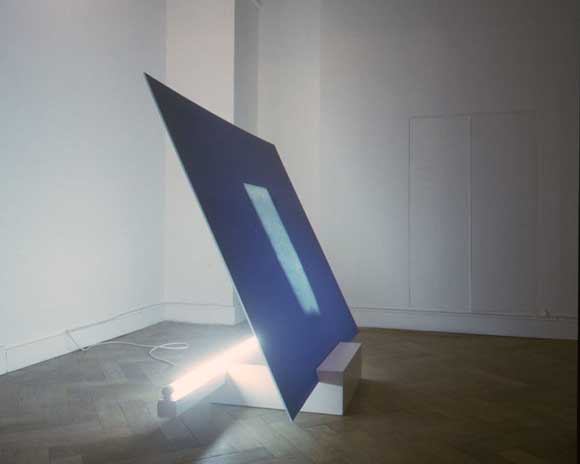
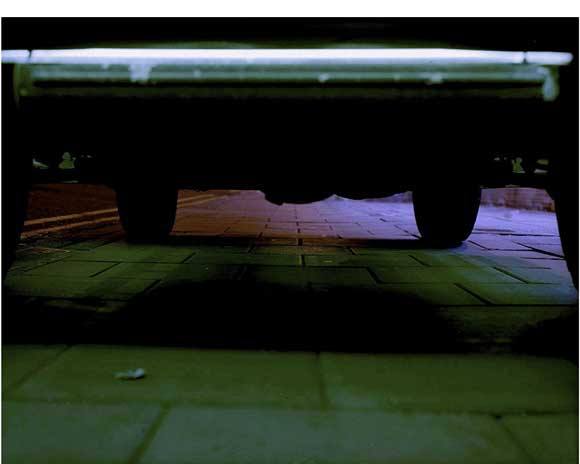
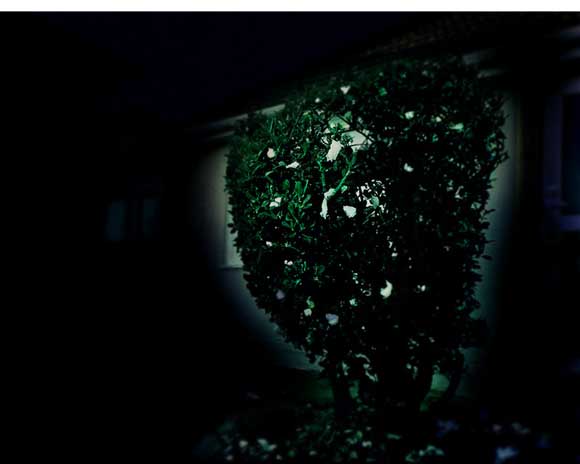
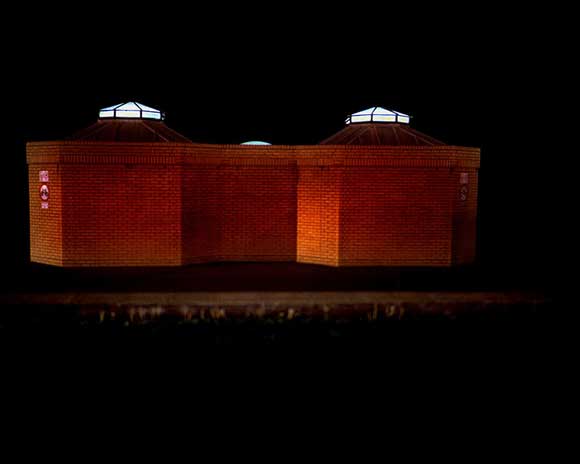
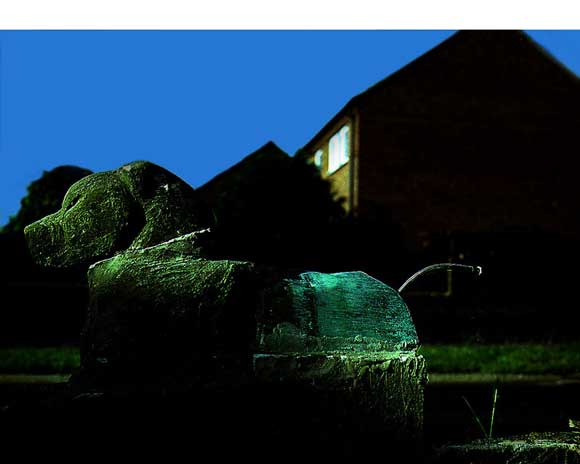
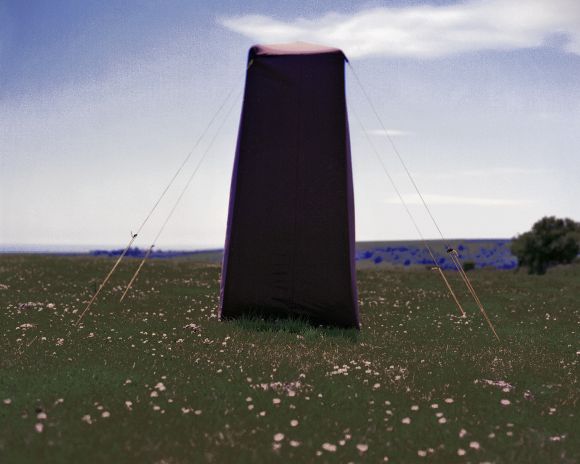
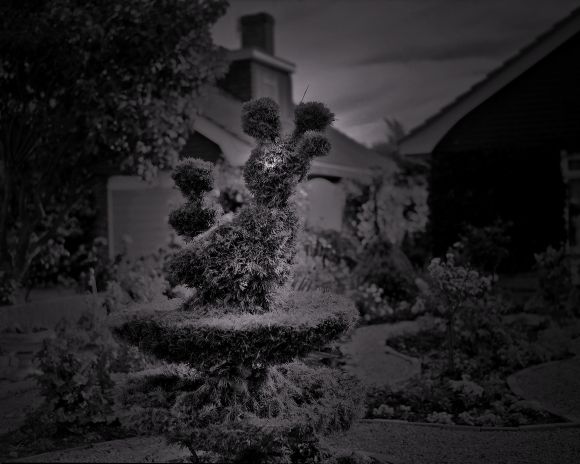
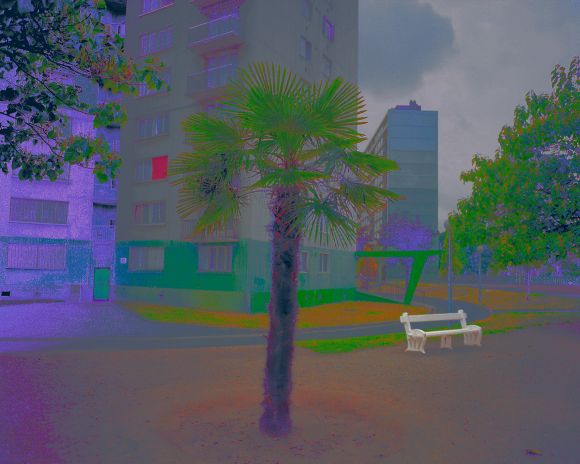
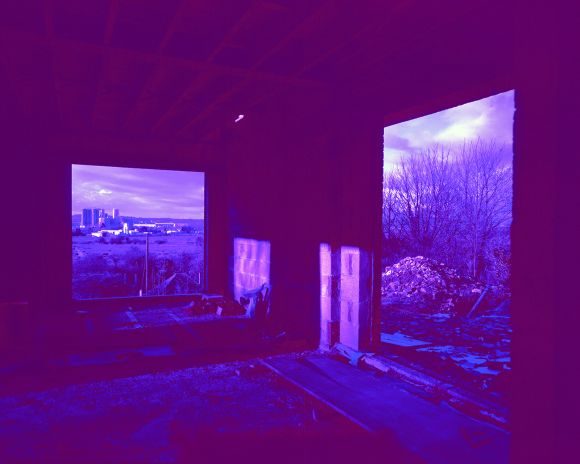
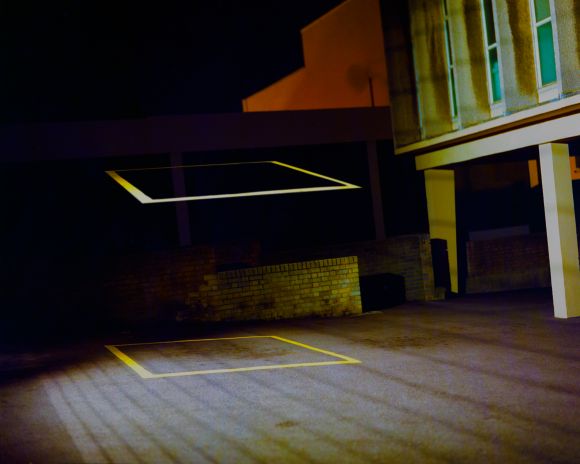
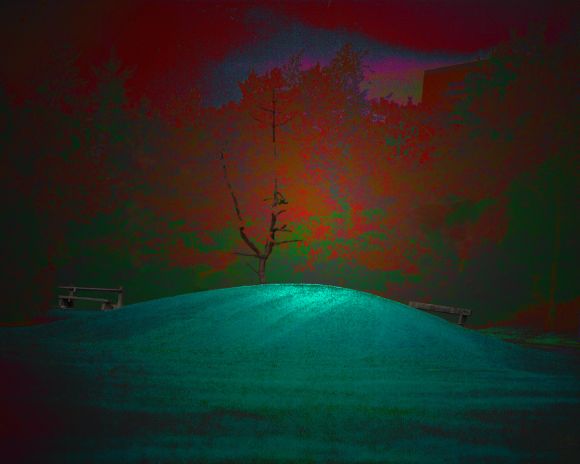
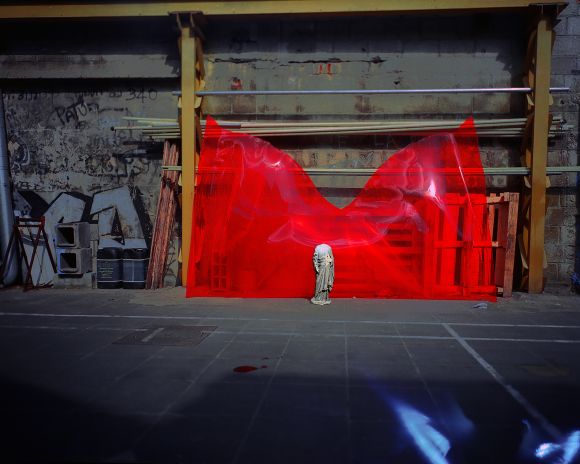

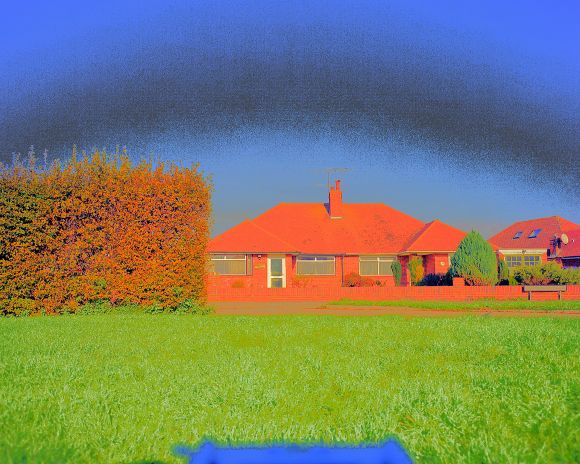
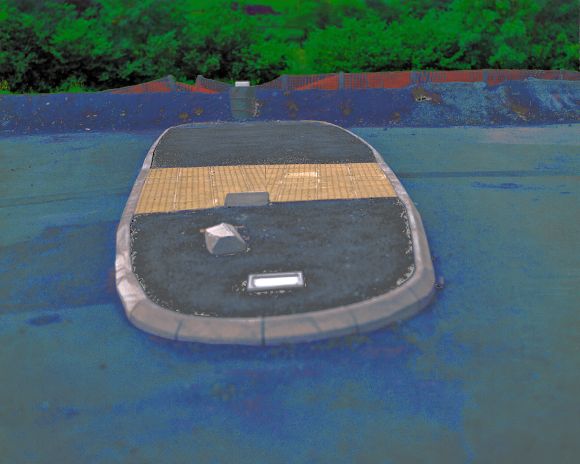
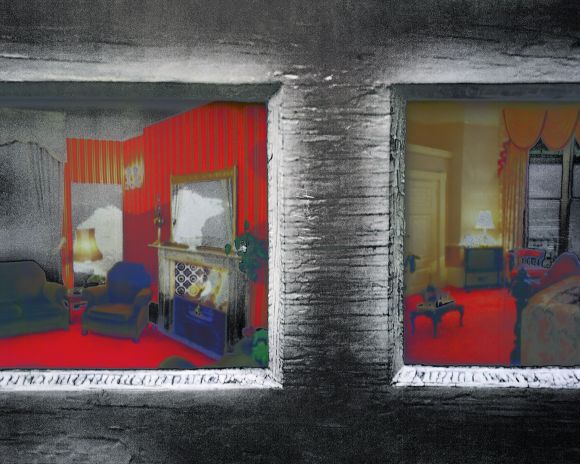
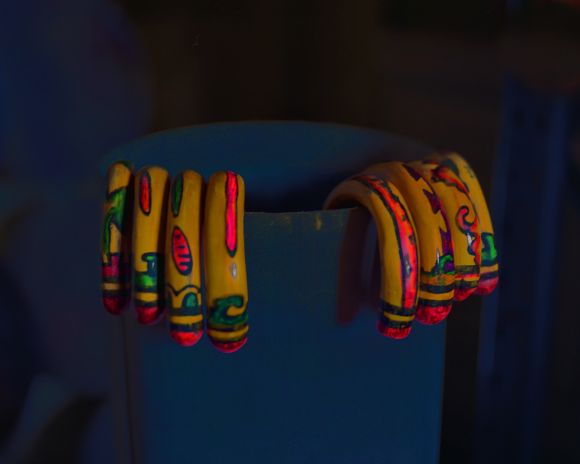
1999
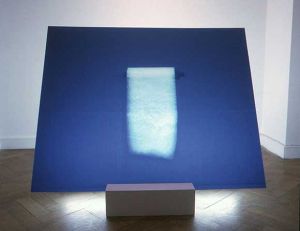
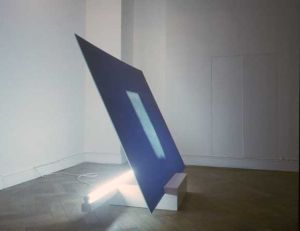
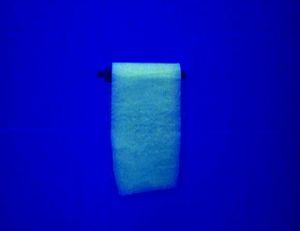
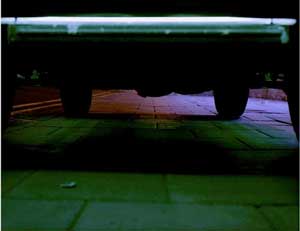
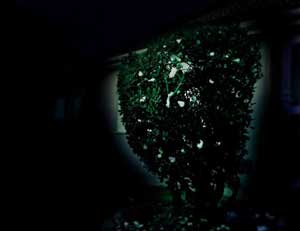
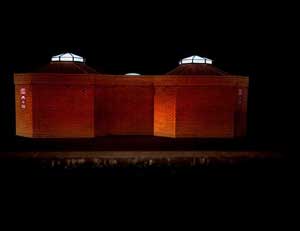
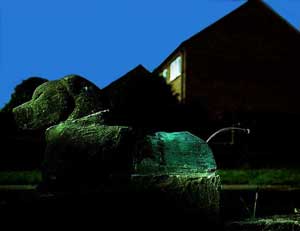












Butchery By Light, freestanding digichrome 4ft x 3ft, fluorescent strip light, wood block stand, from a series of 5. Exhibited Standpoint Gallery, Hoxton London 1999, Autograph Commission; presented at Fabrica, Brighton 1999, PhotoWorks Commission; Publication: Different, Stuart Hall (Phaidon) 2001
Man is many cells a many. Perception is cell like, a small room, which acts as rings circumventing possibilities within the field of observation from a neuro-physiological framework. But in abstract terms if perception is increased by the many might it become a body, a space, a hill and the other mound? Another or an enhanced point of observation. How could we measure this onerous discrepancy? A reckoning from one point in time. In 1997 the photographic series Fortunes of War demonstrates the ideas of pointing and crossing by presenting fixed points using Ant-Optic methodology that illustrate extra-ordinary events unfolding after the birth of their inception. Furthermore at the Private View in Glasgow (the first showing of the work) Lesdema conspired to turn the opening event into a fevered frenzy that could not be controlled ostensibly to avoid discourse asking interlocutors to lie on the gallery floor and be photographed. Lesdema remembers vividly speaking to a Professor from Glasgow School of Art who gladly accepted gravity and levity. Like gravity on a shirt, a suit and a tie. These are mirrors that have been legitimated by their re-enactment at particular presents away from a point of origin. The photograph stands depicted but undeciphered. The echo of life echoing back. Yet to unfold and yet to be recognised. On receiving the extended edit of Fortunes of War, Life Day, the response of the curator at the V&A would concur with the prescience of the work. Or the repartee of an object in space.
(opposite) untitled, Private View Street Level PhotoWorks Glasgow 1997, 16 x 12 c-type series of 8
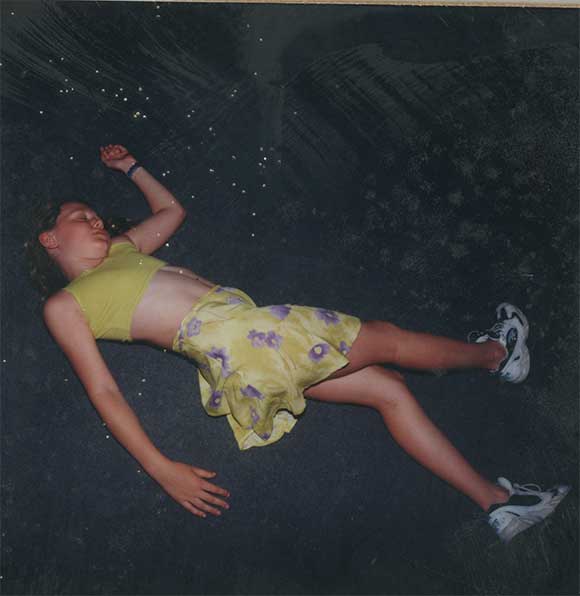
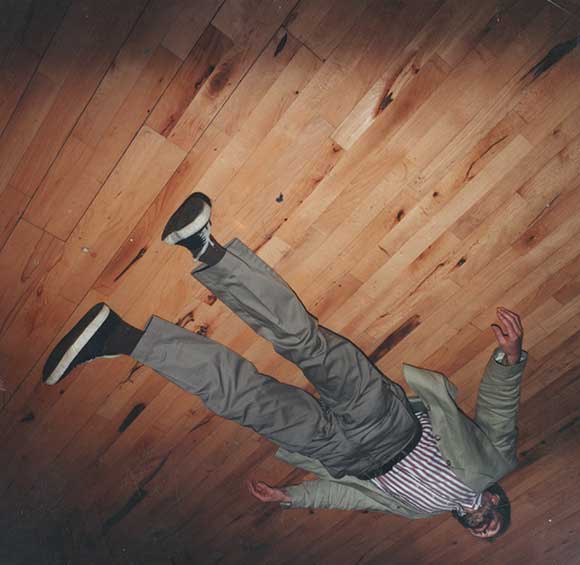
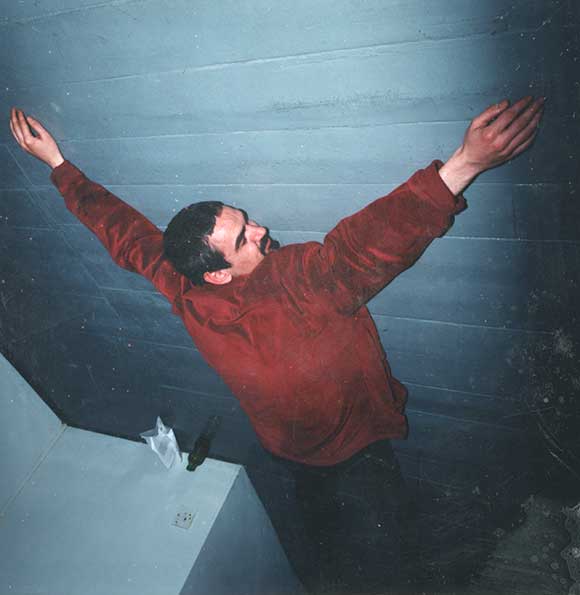
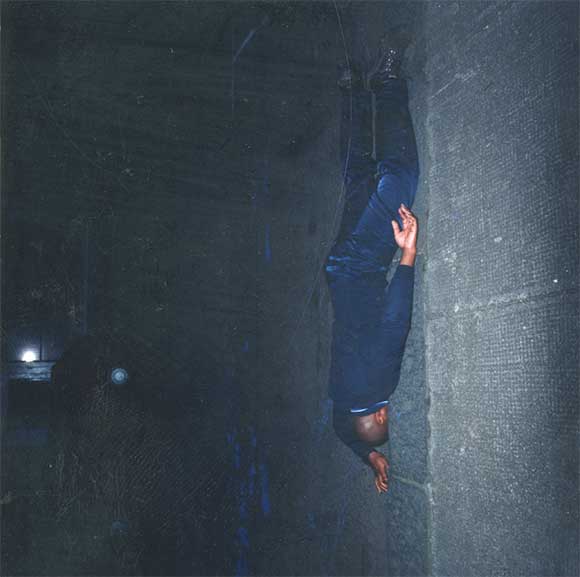
1997
“Lesdema deliberately turns aside from the effort to capture the ‘decisive moment’ – the essence of contemporary reportage – in order to fasten on some more telling, but more oblique other aspect or later moment.” Stuart Hall, Different, Phaidon 2001 p93
“It’s a very striking work, and the connections you make across pictures are telling and subtle. It gets at a disavowed militarism that pervades so much of our society well, in many nations. There are many very striking images, but the remarkable thing is how it works across the sequence, right up to the tawdry and mediated vision of transcendence in the last photo.” Julian Stallabrass 2013
“Prescient themes certainly do keep emerging.” Susanna Brown, V&A 2013
“My personal response to the images in your monograph is that they are raw, in your face, very British. Probably just what the Imperial War Museum needs - a kick up the goolies - but unlikely to appeal to those who make the final decisions on which shows we do and which we don’t. These photographs show civilians who are messy, disorderly, strange and sad. They are not noble, heroic or dignified which is how the Museum likes people to be. They are not wearing uniforms or 1940s frocks so we cannot look at them through the rose-tinted spectacles of nostalgia. The fact that your photographs are in colour makes them even more unpleasantly contemporary. Even holocaust photographs are less shocking than yours and they have the decency to be in black and white. Perhaps I have over-reacted.” Angela Weight Keeper of Art, Imperial War Museum
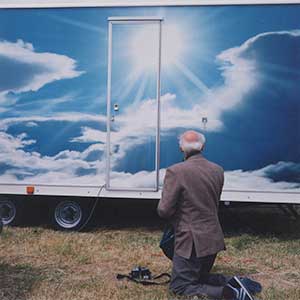
1997
Enlightenment, Biggin Hill Air Fayre, Life Day - Fortunes of War 1997, 30” x 30” c-type from a series of 52. Awarded 1997 UN Nikon International Photography Grand Prix series ‘Fortunes of War’. Exhibited: Blue Sky, Oregon USA solo; Xapala, Mexico; Watershed, Bristol solo; Street Level, Glasgow solo; Royal Armouries, Leeds ‘warningSHOTS’. Contemporary Art Society Collection. Monograph ISBN 1899282157, Talk with Liz Wells ‘in conversation’ for Photoworks 1998.